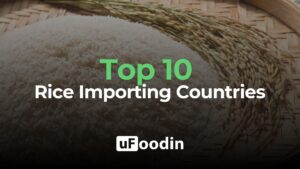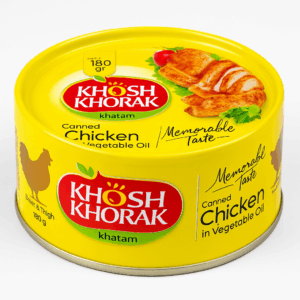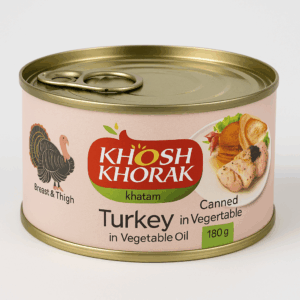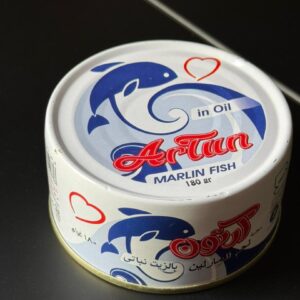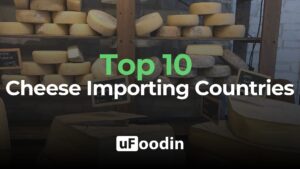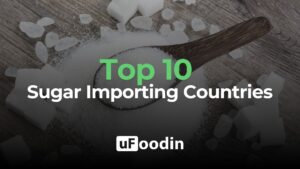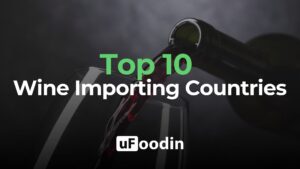
Top 10 Sugar Importing Countries
Sugar remains one of the most widely traded commodities globally, fueling industries from confectionery to beverages and processed foods. The global sugar import market was valued at over $50 billion in 2023, with demand driven by population growth, urbanization, and rising consumption of processed foods. The Top 10 Sugar Importing Countries account for over 70% of global imports, reflecting their critical role in the global sugar trade.
While major players like the United States and China dominate the market, emerging economies in Asia and the Middle East are rapidly increasing their share due to growing industrial needs and dietary shifts. This article explores the Top 10 Sugar Importing Countries, major trends shaping the market, and challenges impacting stakeholders.

1. United States
- Import Value: Over $4.5 billion (2023)
- Why It Stands Out: The U.S. is the largest sugar importer globally, driven by its reliance on foreign sources to supplement domestic production.
- Key Insights: Mexico and Brazil dominate the supply chain, benefiting from trade agreements like the USMCA.
2. China
- Import Value: Around $4.2 billion (2023)
- Why It Stands Out: China imports sugar primarily to meet industrial demand in the confectionery and beverage sectors.
- Key Insights: Key suppliers include Brazil and Thailand, with growing imports of refined sugar for industrial use.
3. Indonesia
- Import Value: Approximately $3.8 billion (2023)
- Why It Stands Out: Indonesia imports significant quantities of raw sugar for refining and industrial processing.
- Key Insights: Brazil and Thailand are the primary suppliers, supported by Indonesia’s growing food manufacturing sector.
4. India
- Import Value: Around $3.5 billion (2023)
- Why It Stands Out: Despite being a leading sugar producer, India imports to meet regional shortages and fulfill industrial needs.
- Key Insights: Imports come mainly from Brazil, with a focus on refined sugar.
5. European Union
- Import Value: Over $3 billion (2023)
- Why It Stands Out: The EU imports sugar to meet demand for processed foods and beverages, despite domestic production in key countries like Germany and France.
- Key Insights: Imports primarily come from African and Caribbean nations under trade agreements.
6. Russia
- Import Value: Approximately $2.5 billion (2023)
- Why It Stands Out: Russia imports sugar to supplement domestic production and support its growing confectionery industry.
- Key Insights: Brazil and Belarus are major suppliers.
7. Japan
- Import Value: Over $2.2 billion (2023)
- Why It Stands Out: Japan’s demand for high-quality refined sugar drives imports for its confectionery and beverage markets.
- Key Insights: Thailand and Australia are key suppliers, benefiting from geographic proximity.
8. South Korea
- Import Value: Around $2 billion (2023)
- Why It Stands Out: South Korea’s food manufacturing sector drives its sugar imports, with a focus on refined and specialty sugars.
- Key Insights: Thailand and Australia dominate the supply chain.
9. Saudi Arabia
- Import Value: Over $1.8 billion (2023)
- Why It Stands Out: Saudi Arabia relies heavily on imports to meet its growing food processing and industrial sugar needs.
- Key Insights: Key suppliers include Brazil and the UAE, focusing on raw and refined sugar.
10. Egypt
- Import Value: Around $1.5 billion (2023)
- Why It Stands Out: Egypt’s sugar imports cater to its growing population and food manufacturing sector.
- Key Insights: Brazil and India are primary suppliers, with a focus on raw sugar for refining.
Key Trends in Sugar Imports
Rising Industrial Demand:
Sugar imports are increasingly driven by industrial needs in the food and beverage sectors.Shift Toward Refined Sugar:
Countries are importing more refined sugar to meet immediate industrial and consumer needs.Geographic Diversification of Suppliers:
Importers are exploring alternative suppliers to ensure stable and competitive pricing.Demand for Specialty Sugars:
High-quality and organic sugars are gaining traction in premium markets like Japan and the U.S.Growth in Emerging Markets:
Countries like Indonesia and Saudi Arabia are experiencing rising demand for imported sugar.Impact of Health Trends:
Increasing consumer awareness of sugar’s health impacts is prompting shifts toward reduced-sugar products.

Major Challenges in Sugar Imports
Price Volatility:
Sugar prices are highly sensitive to global production fluctuations and market speculation.Climate Change Effects:
Unpredictable weather patterns are affecting sugarcane yields in key producing regions.Geopolitical Tensions:
Trade restrictions and tariffs can disrupt global sugar flows.Logistical Complexities:
Transporting bulk sugar requires advanced storage and handling infrastructure.Sustainability Concerns:
Importers face growing pressure to source sugar produced under environmentally and socially responsible practices.Health Regulations:
Stricter labeling and sugar reduction policies in importing countries are reshaping demand dynamics.
The Top 10 Sugar Importing Countries showcase the vast potential for producers and exporters to meet global demand. From the U.S.’s need for supplementary supply to Indonesia’s booming industrial demand, sugar importers provide diverse opportunities for growth.
uFoodin offers an innovative platform for producers and importers to connect, monitor market trends, and streamline trade. With a presence in over 210 countries, uFoodin empowers businesses to navigate challenges like sustainability, pricing, and logistics while expanding their global reach.
As the sugar industry evolves, platforms like uFoodin play a vital role in fostering collaboration, innovation, and sustainable growth in this essential market.
uFoodin Editorial Team
Bibliography
- FAO: Global Sugar Trade Statistics
- Statista: Sugar Market Insights
- Reuters: Trends in Global Sugar Supply Chains
- Grand View Research: Sugar Market Analysis
- Mordor Intelligence: Sugar Import Forecasts


